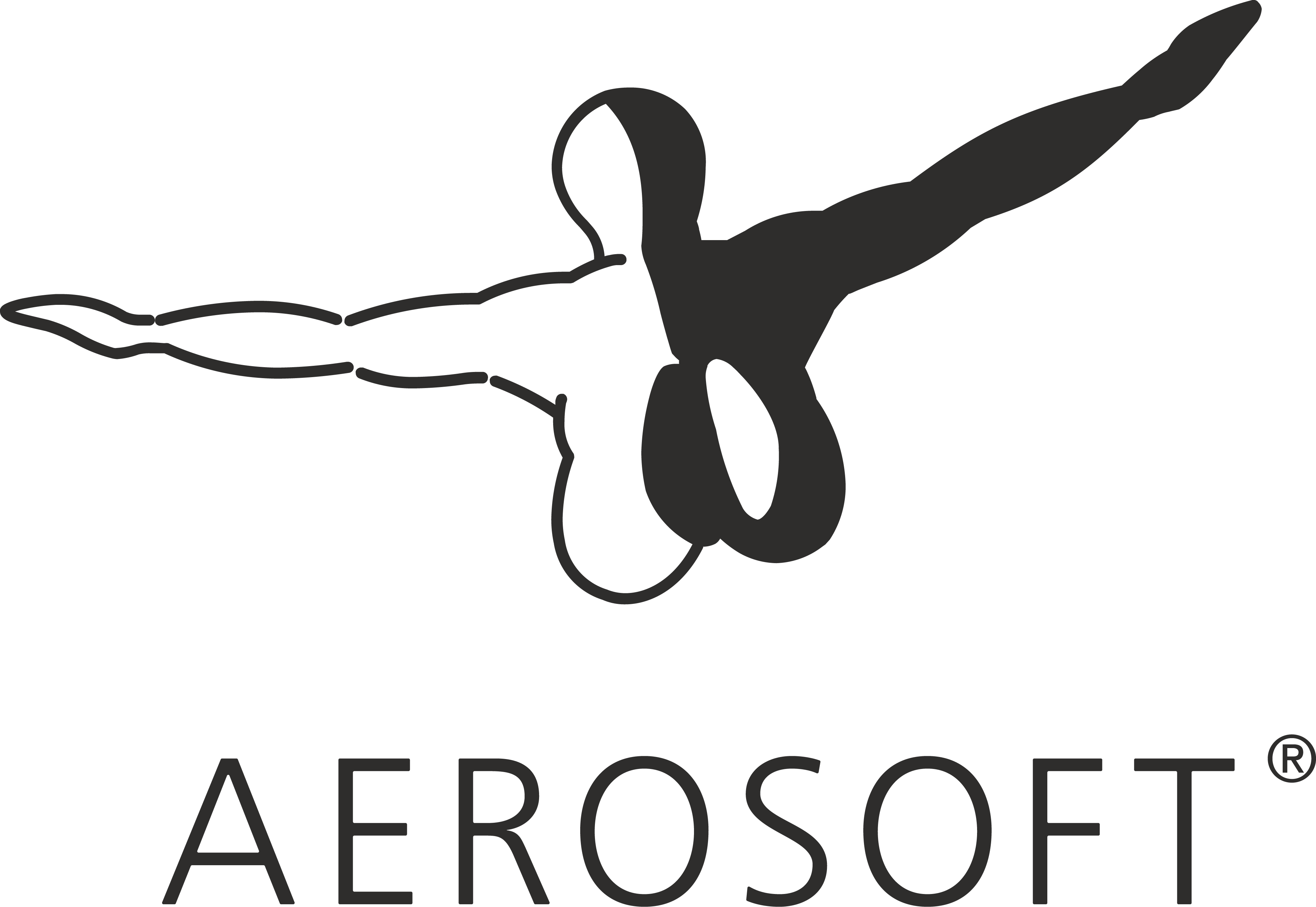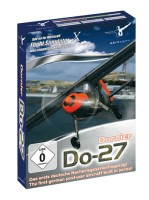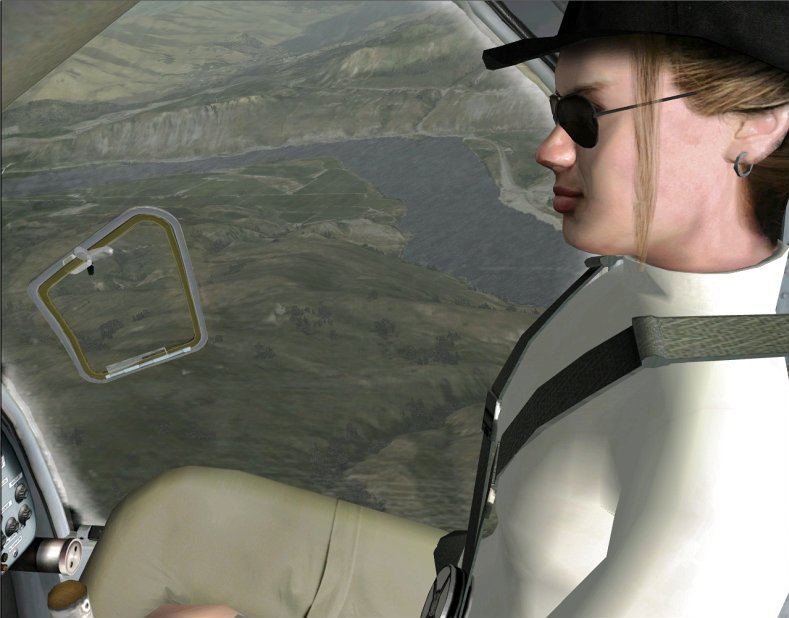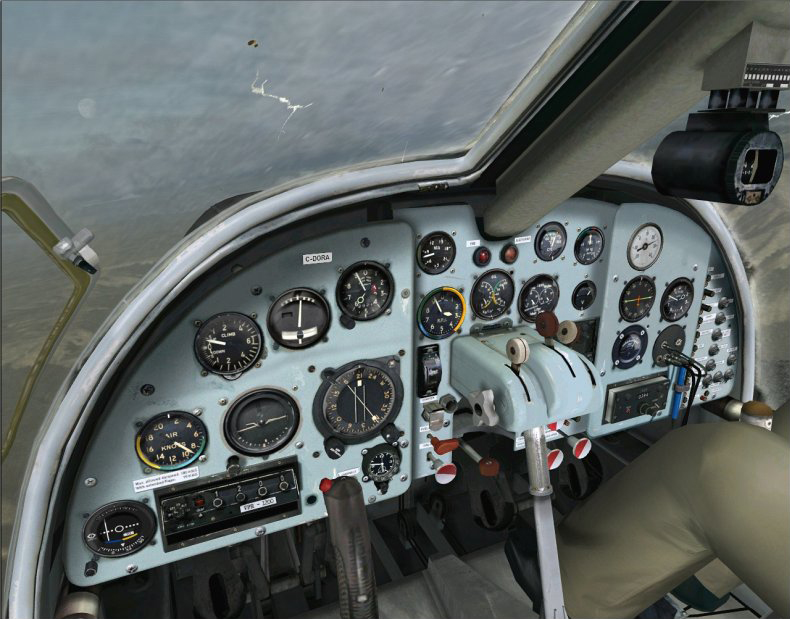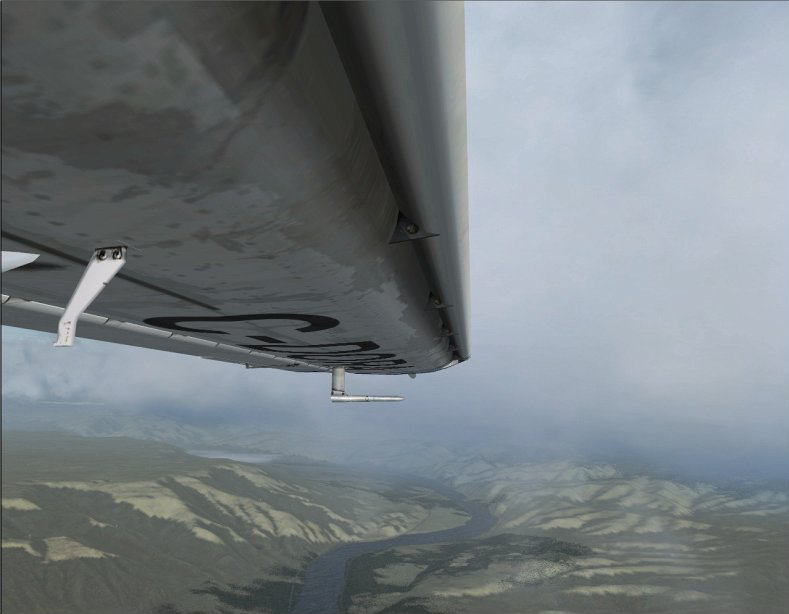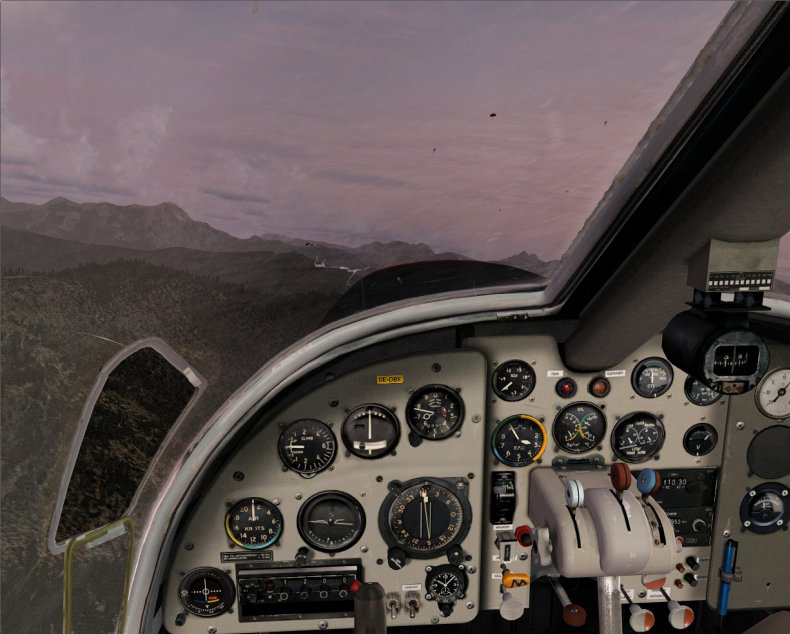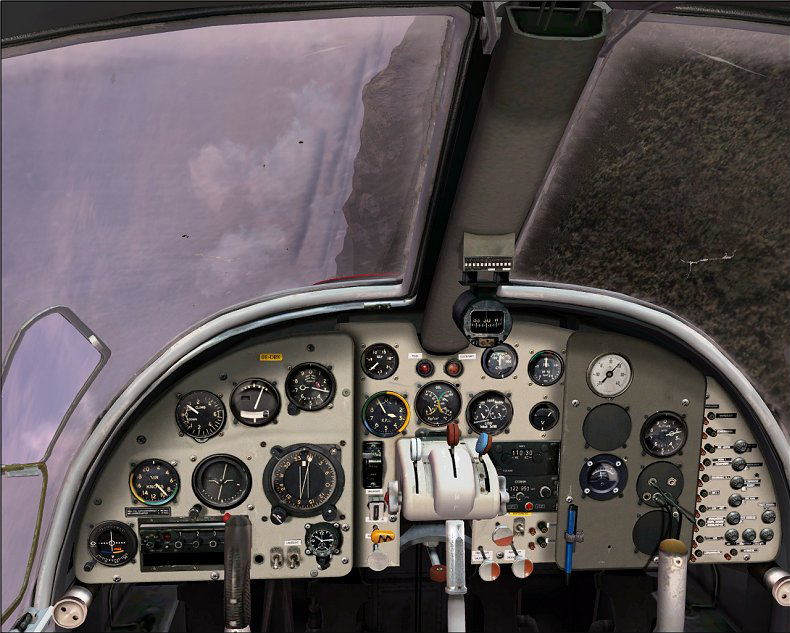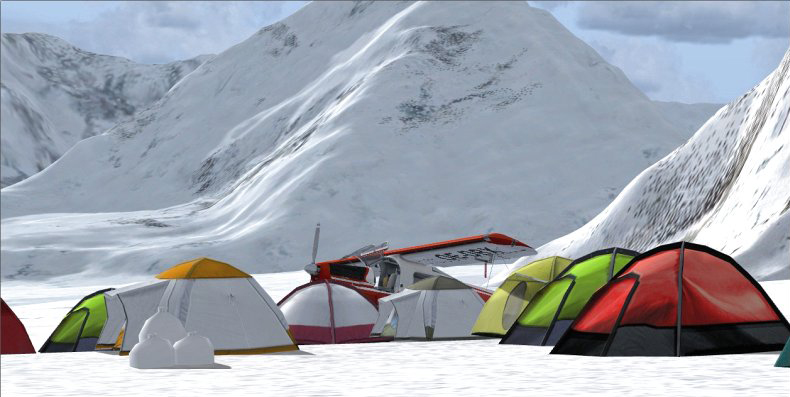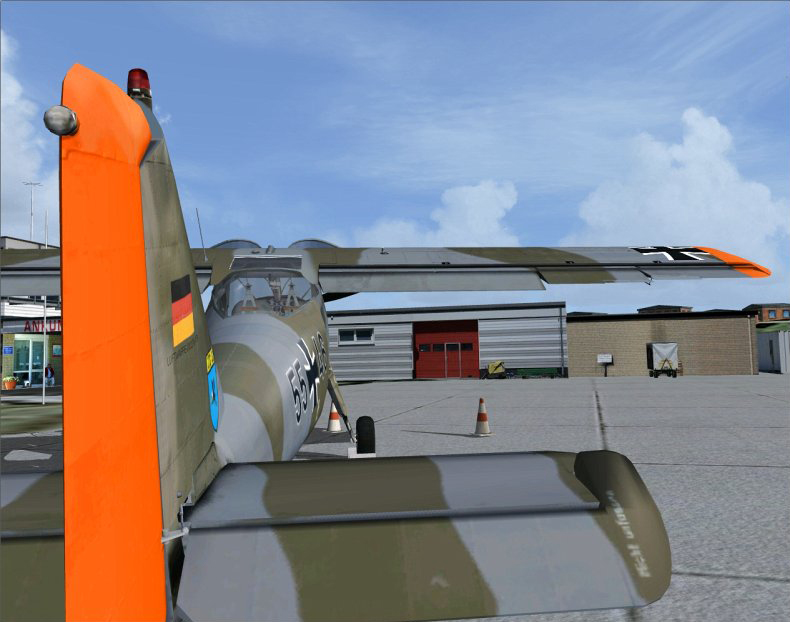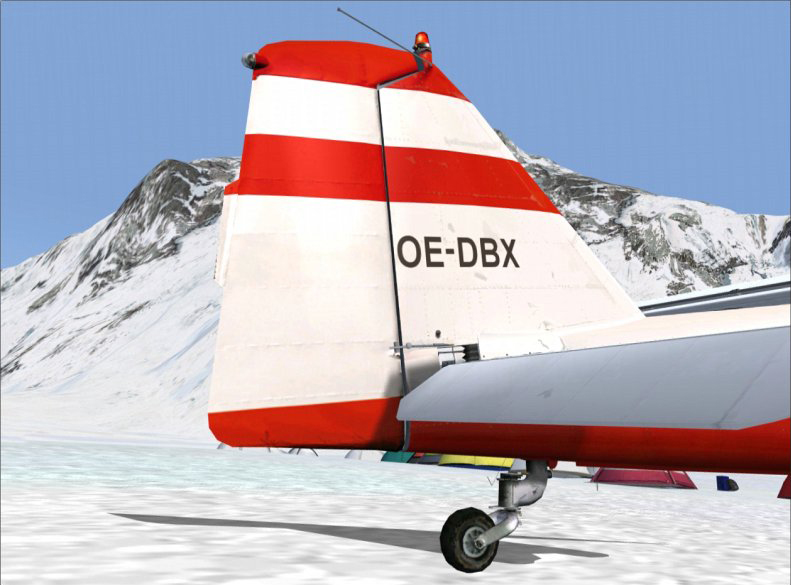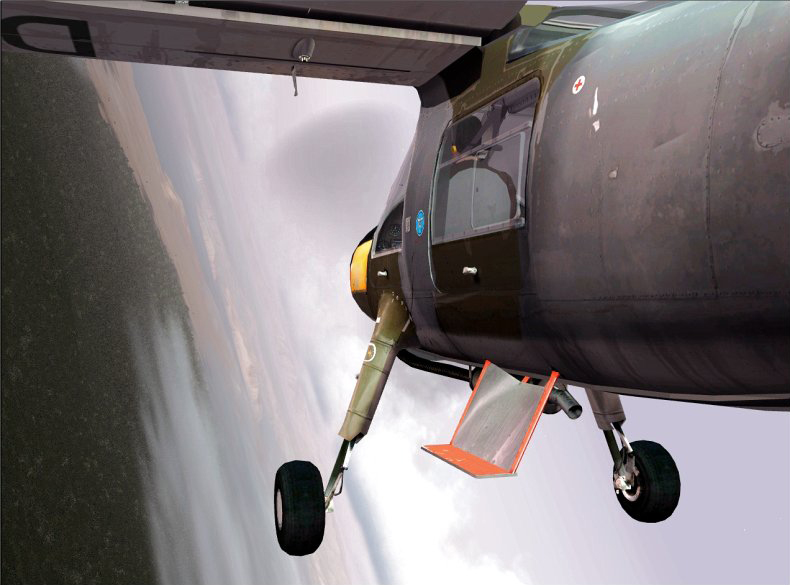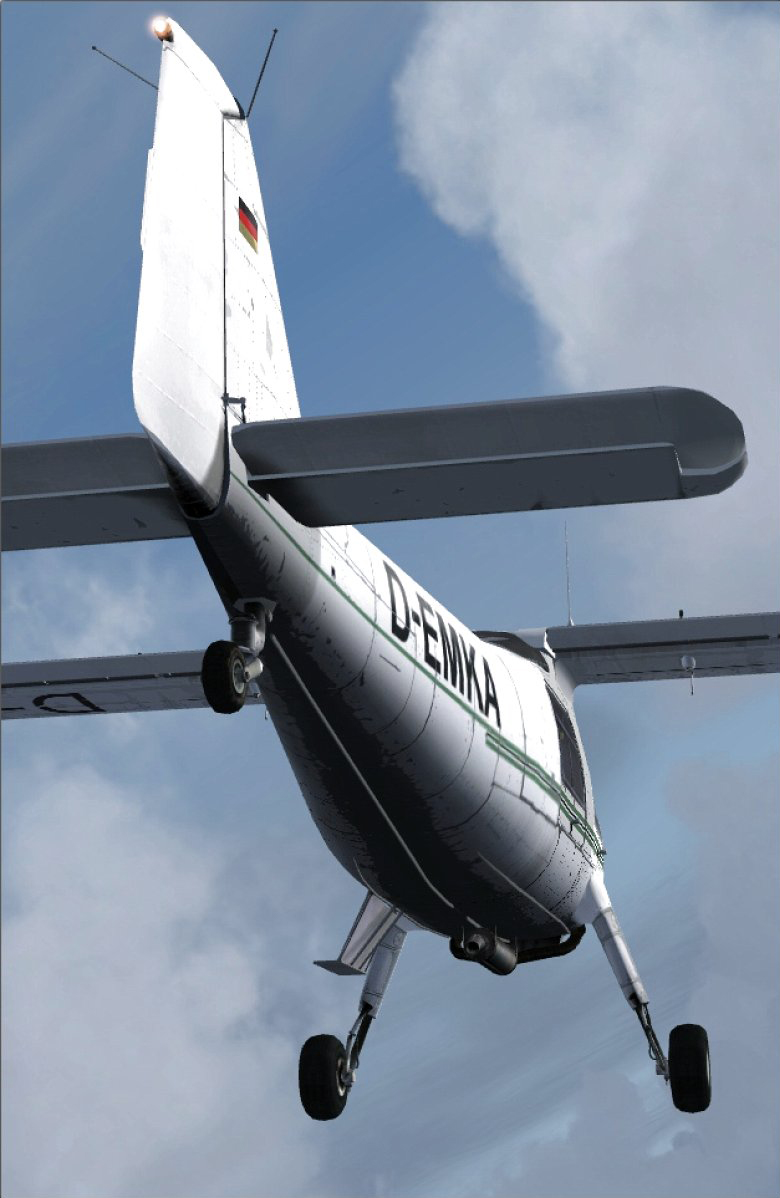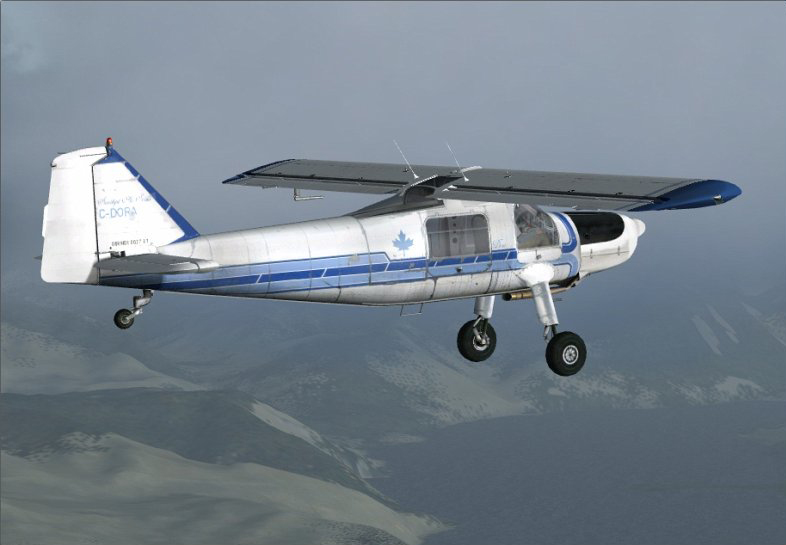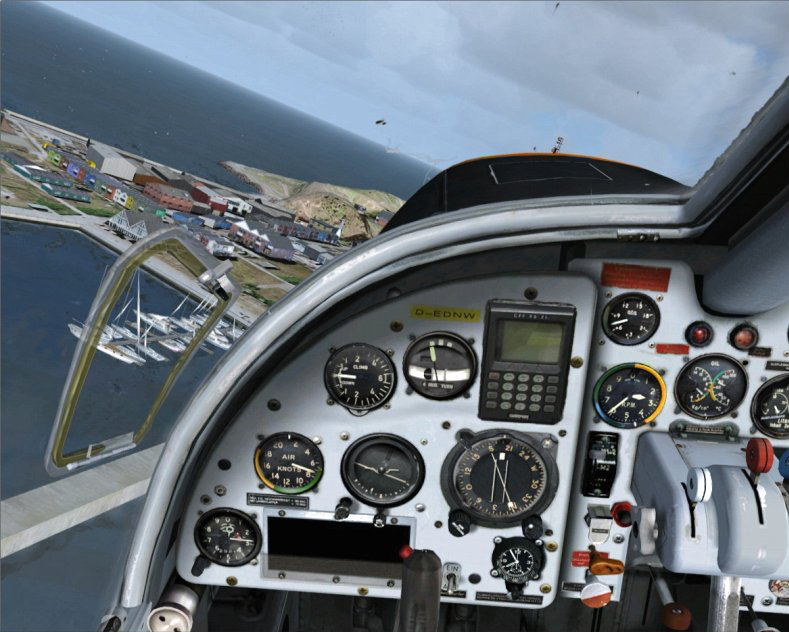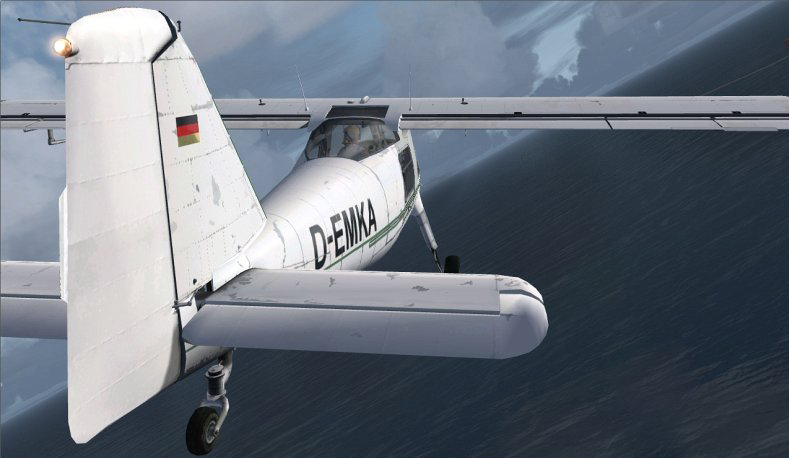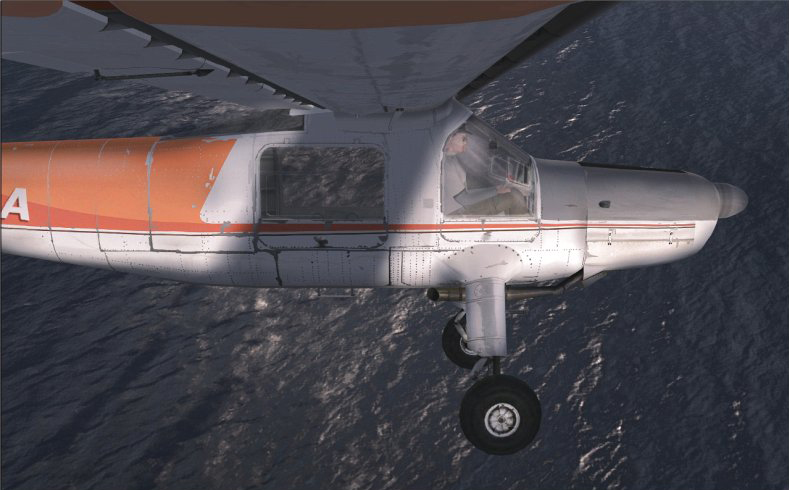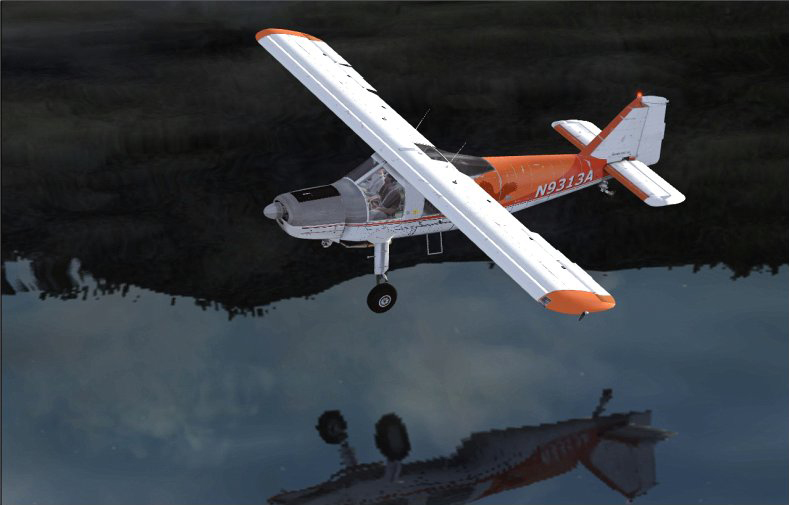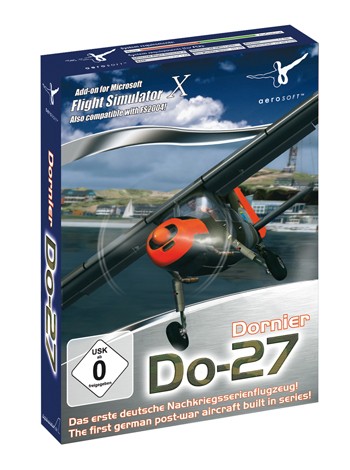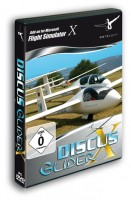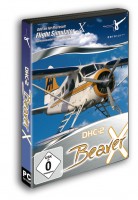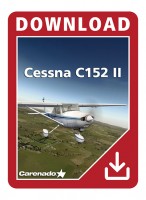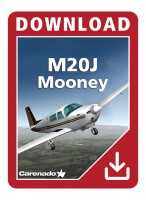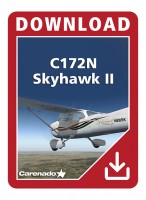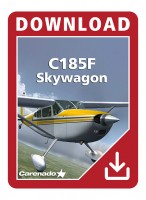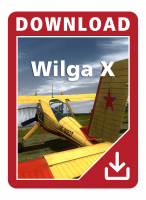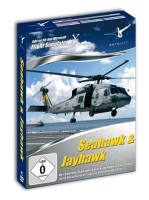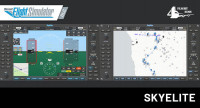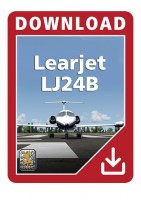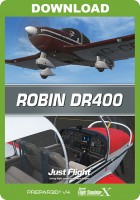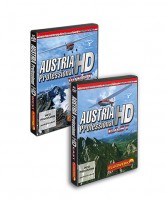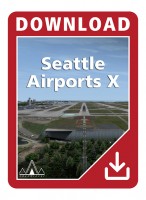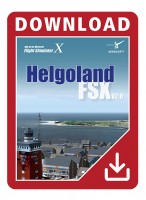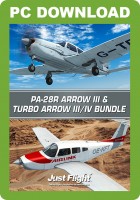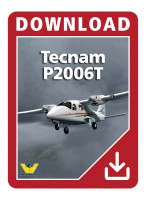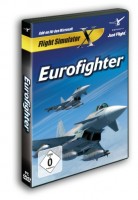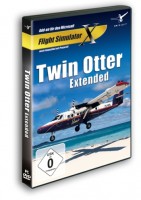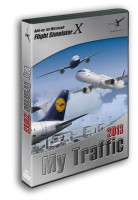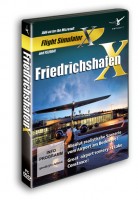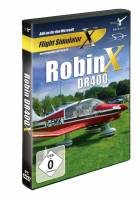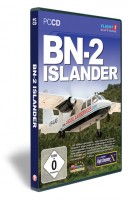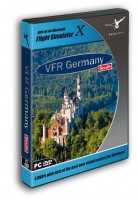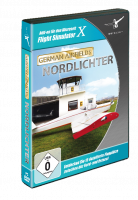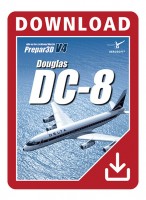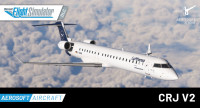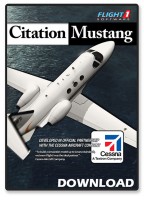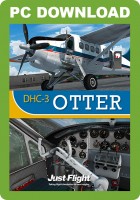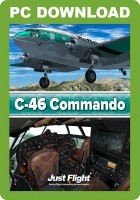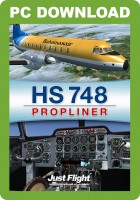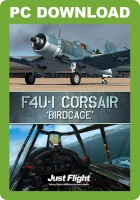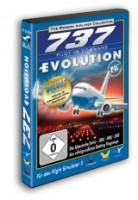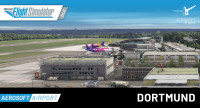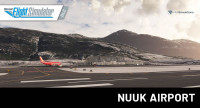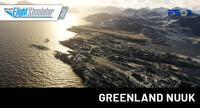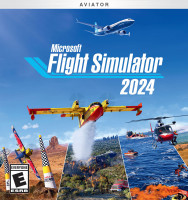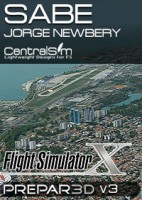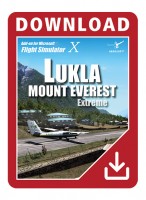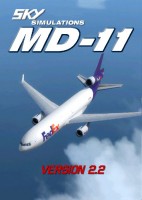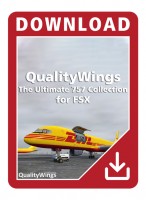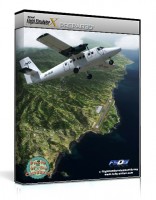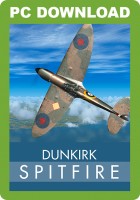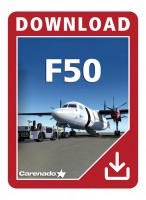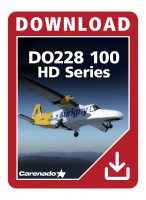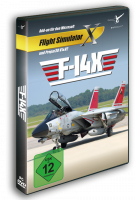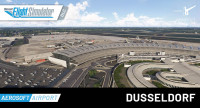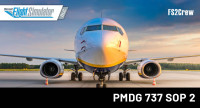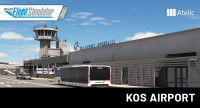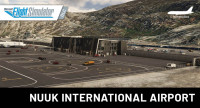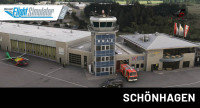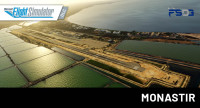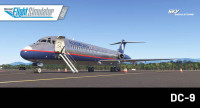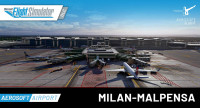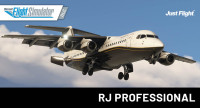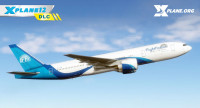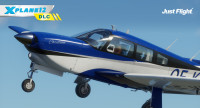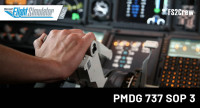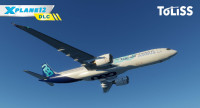Price excl. VAT
Available as instant download
- Article number: AS10513
- Manufact./Publisher: Aerosoft
- Developer: Digital Aviation
- Language: Deutsch/English
- Current version: 1.00
Many of those who came in contact with the Dornier Do-27 could hardly take their hands off it. This add-on for Microsoft Flight Simulator X is quite different compared to the other add-on aircraft you might have experienced.
Besides the extraordinary visual model this add-on is equipped with features that have never seen before in FS. Over 5000 lines of code have been written only for the animations!
Today, flight simulation pilots can be divided in two groups. The first group is trying to simulate flights so that it is as real as it gets, and other uses fly for recreational purposes and mostly do short flights in their spare time. No matter which party you belong to this add-on can be used in two modes: Pro and Simple. In 'Simple' mode, this aircraft can be flown just for fun and recreation. In 'Pro' mode you always have to keep an eye on all the systems of the aircraft. It is an exciting challenge because operating errors will have consequences. Flight time will be logged in this mode only and the pilot is rewarded with certificates.
Additionally after changing your aircraft to the Do-27, the plane tries to interpret the actual situation and will configure itself. There also two initiation modes that override the automatic detection system: 'cold&dark' and 'taxi'. It is also possible to let your plane be automatically configured for 3 different operating conditions in realtime (that means, you can see the switches and levers moving while your invisible assistant prepares the aircraft) whenever you want:
Prepare for engine start | Make her ready to fly | Shut off and power down.
The kneeboard provides information and controls for different elements of the airplane, for example the maintenance mode. It helps the pilot with static or dynamic flying hints, and can be used to display or hide different external gimmicks.
Nearly every element has its own sound: switches, knobs, levers, doors etc. There are also sounds for flying with opened/dumped doors, backfires, the chronograph etc.
This very special replica comes in 2 variants (A1, B1) and 6 aircrafts that are different in equipment, panels, exhausts, tires, lighting etc.
BIG FEATURE LIST:
Exterior Model:
- All standard animations like control surfaces, cowl flap, elevator trim, wheels etc.
- Control surfaces can be fixed.
- Control surfaces are affected by wind if pilot left aircraft and controls have not fixed.
- Elevator vibrates during engine start and at low rpm on ground.
- All doors can be handled separately (that means lock/unlock, open/close and dumping)
- The 2 engine doors can be opened separately as well as the whole lower cowling.
- Detailed Lycoming GO-480 B1A6 engine.
- New propeller animation for slow revolutions during engine startup.
- Propeller can be damaged by ground contact.
- Exterior equipment like brake chocks, warning cones, camping equipment, tools, information panel for flight days etc.
Virtual Cockpit and systems:
- Different panel layouts.
- Additionally defined FSX cameras
- Panels and instruments may be damaged by hard landings.
- All automatic circuit breakers and circuit breakers work.
- Instruments may be inaccurate, needles may be influenced by vibrations, g-forces or disorders.
- Attitude indicator and compass card are driven electrically and have to be aligned / calibrated. The compass card will start to rotate for several minutes if electricity has been cut.
- The glass of the vertical speed indicator may be broken.
- Junghans chronograph with windup mechanism and timer.
- Avionics may be damaged if avionics master switch is not turned off during engine start and engine shut down.
- Engine must be primed.
- Engine prime can lead to have too much fuel in the starter system. Removing superfluous fuel is possible due original procedure or mechanician.
- Engine starter can get overheated and damaged.
- Cowl Flap produces drag according to its setting.
- Engine cooling is influenced by angle of attack and propeller revolutions.
- Engine fires can occur.
- Fire extinguisher can get exhausted.
- Oil leaks can occur.
- Realistic oil consumption.
- Engine treatment influences oil consumption.
- Engine and gear can get damaged by:
- High RPM
- Low RPM
- Fast RPM changes
- Low Manifold pressure
- Long engine starts
- Low oil level
- Fires
- High temperatures
- Low RPM during descent
- Negative Propeller Thrust
- If Engine gets worn it looses power.
- Propeller can get damaged
- Warm weather can cause air bubbles in the fuel system, making the engine stutter. The fuel pump solves this problem.
- Cold engine can go out.
- Real engine start up procedure, with starter circuit breaker, priming and mixture lever in cut off position.
- If engine is not serviced periodically, engine start will get more and more difficult.
- Fast changes on engine settings lead to damages.
- Propeller pitch can't be changed when engine is shut off.
- Oil temperature influences operability of propeller pitch.
- Mixture can be adjusted manually. But this is not recommended. When the lever is all way forward, the mixture is set automatically.
- Generator only works at 1300 RPM and above. Generator relay is audible.
- Fuel quantity indicators are not very precise.
- Pitot heat can get damaged if enabled on ground.
- Structure and controls can get damaged through high speeds and extreme manoeuvres.
- Flaps can get damaged through high speeds or when being lowered as long as the cabin doors are open.
- Windows get dirty.
- Each door can be locked/unlocked, opened/closed and dumped separate. The latch for the left cabin door can be disabled, so the door will stay open during flight due air stream, and can be closed by shortly lowering the flaps. (Real life procedure after the skydivers left the plane)
- Windows of the front doors can be opened.
- Ventilation controls are functional.
- If you forgot to remove the pitot cover before flight, airspeed indicator will not work, and the cover can only be removed on ground.
- Vibration effects through engine, ground roll, stalls etc.
Skydiver Dropping:
- Skydiver can be loaded on ground (non-optical), will open the door in flight for leaving the plane. Skydiver Flights will be counted and scored.
System requirements for FSX:
- Microsoft Flight Simulator X
- Windows XP(SP2), Windows Vista
- Pentium 2 GHz (Duo2Core Intel advised)
- 1 GB RAM (2 GB advised)
- 256 MB DirectX 9 graphics card
- Sound card
- Download Size: 138 MB
- Installation Size: 332 MB
System requirements for FS2004:
- Microsoft Flight Simulator 2004
- Windows XP (other OS may work but are not tested and will not besupported)
- Pentium IV 2.0 GHz (or faster)1.0 GB RAM
- 3d-video card with 128 MB RAM (256 MB recommended)
- Sound Card
- Download Size: 157 MB
- Installation Size: 400 MB
Additional downloads:
Texture-Set (FS2004 only) : >> Download here <<

